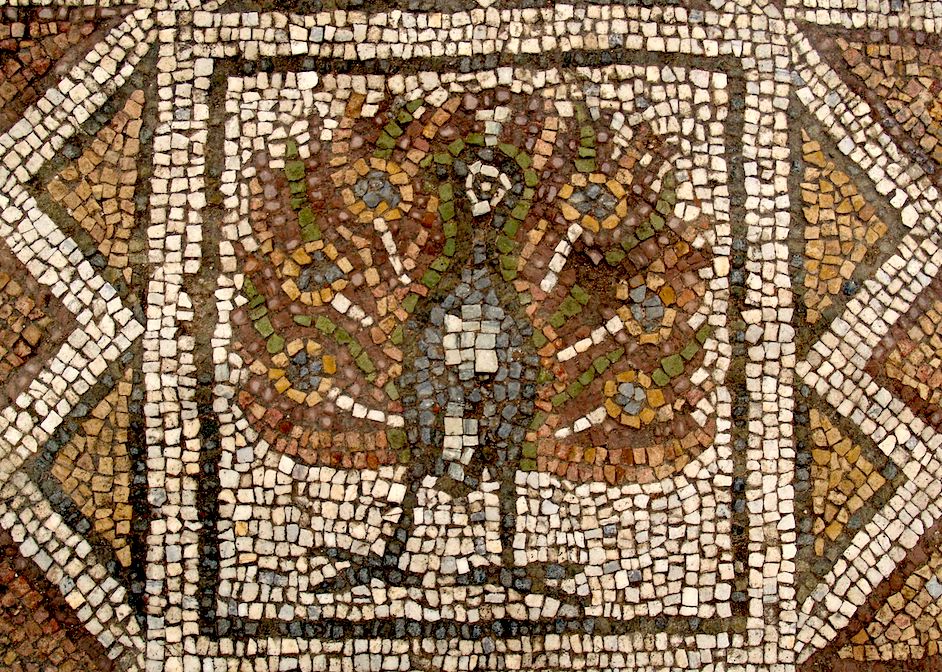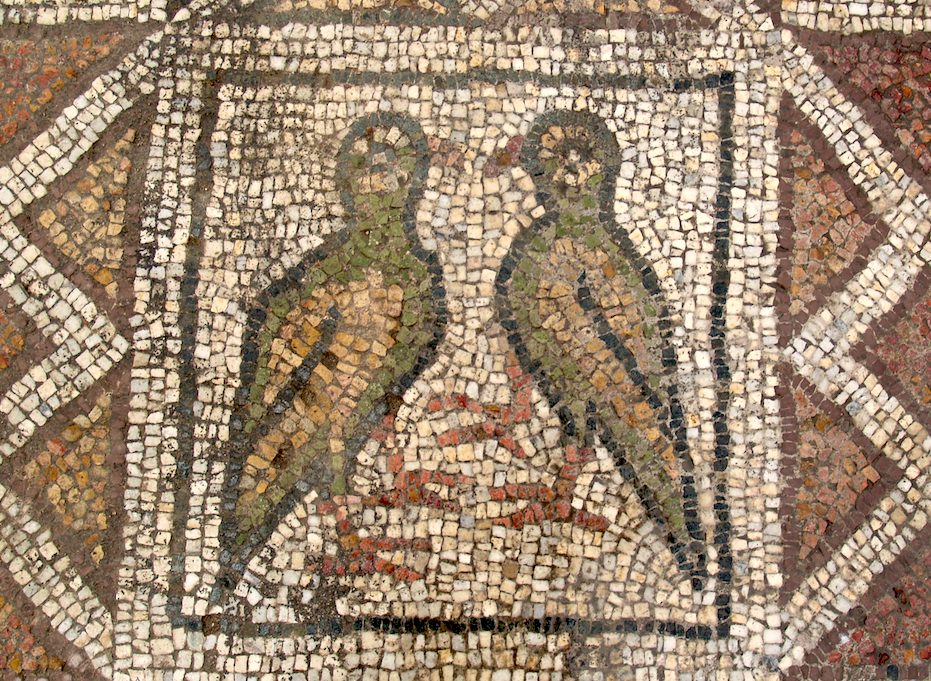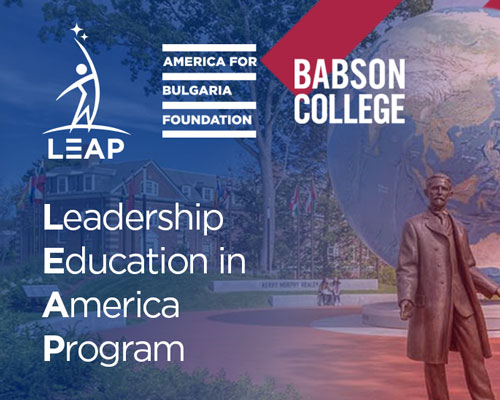 Birds were held in high esteem in ancient times. Parakeets were kept as pets by many. Guinea fowl, pheasants, and mallard ducks roamed the gardens of prominent citizens, while peacocks could only be seen in the courtyards of the nobility. The peacock symbolized the immortality of the soul, which is why we find peacock images in one of the largest Christian temples dating from the late Roman epoch—the Bishop’s Basilica of Philippopolis.
Birds were held in high esteem in ancient times. Parakeets were kept as pets by many. Guinea fowl, pheasants, and mallard ducks roamed the gardens of prominent citizens, while peacocks could only be seen in the courtyards of the nobility. The peacock symbolized the immortality of the soul, which is why we find peacock images in one of the largest Christian temples dating from the late Roman epoch—the Bishop’s Basilica of Philippopolis.
Every discovery from the era adds new pieces to the grand puzzle that is Antiquity, enriching our knowledge of the tastes and beliefs of the ancients. The Bishop’s Basilica and its mosaics, dating back to the 4th–6th centuries AD and rediscovered during construction work in the 1980s, are a treasure trove of information that holds the key to many secrets of that fascinating time. The Basilica is the largest early-Christian temple found in Bulgaria and probably among the first built after the legalization of Christianity in the Roman Empire in 313 AD.
Over 21,500 square feet of mosaics, once gracing the floors of the Basilica, were unearthed over four years of restoration with the help of professionals and hundreds of volunteers. The archeologists’ trowels and brushes revealed not merely the contours of birds but bright-feathered specimens using expressive body language to communicate with us through the centuries—a peacock in attack, a mallard in search of food, a hen feeding her chick, a drake defending its territory. A partially preserved donor’s inscription reveals that the Basilica was built thanks to a donation from a Christian bishop, but his name remains unknown to this day.
 Who was the bishop? And why birds? How big was the Christian community of Philippopolis in the 4th–6th centuries? And why did a verb meaning “to create mosaics” exist only in this town? Whose remains were found in the Basilica? How was it destroyed?
Who was the bishop? And why birds? How big was the Christian community of Philippopolis in the 4th–6th centuries? And why did a verb meaning “to create mosaics” exist only in this town? Whose remains were found in the Basilica? How was it destroyed?
We will get some answers with the opening of the Basilica’s new home next year—a home being built through the joint efforts of the America for Bulgaria Foundation, the City of Plovdiv, and the dozens of researchers who helped study the site. The Basilica museum will open in the year of Plovdiv, when the ancient city becomes the European Capital of Culture, and the Basilica stands a good chance of becoming the attraction of the year. Virtual reality and interactive exhibits will immerse visitors in the history of Plovdiv from the 4th–6th centuries. Even the youngest visitors will be able to experience the magic of history thanks to a generous donation by energy company EVN for the construction of a thematic children’s playground.
In order for future generations to enjoy this masterpiece of antique art and for researchers to keep looking for answers to the many questions we still have, the Basilica needs you—representatives of the business community and engaged citizens who will support its activities in the long term. By adopting Bonny Bird, Dapple Belly, Red Crown, Bigbeaks, or one of the other 100 feathered inhabitants of the Bishop’s Basilica, you can help them tell their exciting stories and make your own a part of the Basilica’s history.
Find out about adopting a bird on the Basilica’s website.

